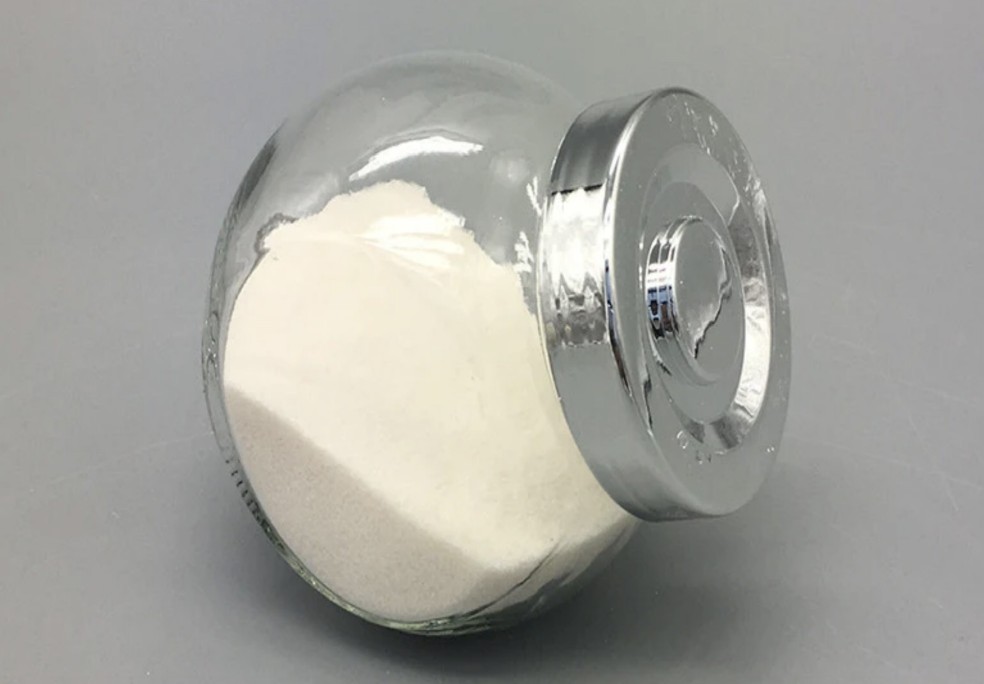Formestane was the first selective, type I, steroidal aromatase inhibitor used in the treatment of estrogen-receptor positive breast cancer in post-menopausal women. Formestane suppresses estrogen production from anabolic steroids or prohormones. Formestane is also a prohormone of 4-hydroxytestosterone, an active steroid with weak androgenic activity and mild aromatase inhibitor activity. It is listed as a prohibited substance by the World Anti-Doping Agency for use in athletes.
Formestane has poor oral bioavailability, and thus must be administered fortnightly (bi-weekly) by intramuscular injection. Some clinical data has suggested that the clinically recommended dose of 250mg was too low. With the discovery of newer, non-steroidal and steroidal, aromatase inhibitors which were orally active and less expensive than formestane, formestane lost popularity.
Lentaron is a second generation, irreversible, steroidal aromatase inhibitor. It inhibits the aromatase enzyme responsible for converting androgens to estrogens, thereby preventing estrogen production. Breast cancer may be estrogen sensitive or insensitive. A majority of breast cancers are estrogen sensitive. Estrogen sensitive breast cancer cells depend on estrogen for viability. Thus removal of estrogen from the body can be an effective treatment for hormone sensitive breast cancers. Lentaron has been targeted specifically for the treatment of postmenopausal women. Unlike premenopausal women who produce most estrogen in the ovaries, postmenopausal women produce most estrogen in peripheral tissues with the help of the aromatase enzyme. Lentaron s, an aromatase inhibitor, can thus help to decrease the local production of estrogen by blocking the aromatase enzyme in peripheral tissues (т.е.. Adispose tissue of the breast) to treat hormone sensitive breast cancer.






















